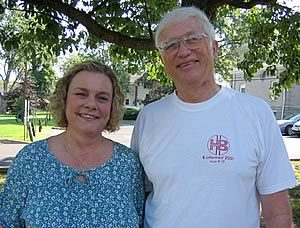
By Christine Kukka
Telling someone you have hepatitis B is almost always followed by the question, “how did you get it?”
The question can feel like an invasion of privacy or an indictment. Behind the question lurks a desire for reassurance that hepatitis B won’t happen to them, but of course it can. And that’s why we should answer and tell our story.
On a global scale, the story of hepatitis B is the story of humanity. How we and our forebears became infected results from centuries of human migrations, the transatlantic slave trade, political upheaval, poverty, re-used medical devices and ineffective public health policies. Continue reading "“How Did You Get Hepatitis B?” Why We Should Answer"










